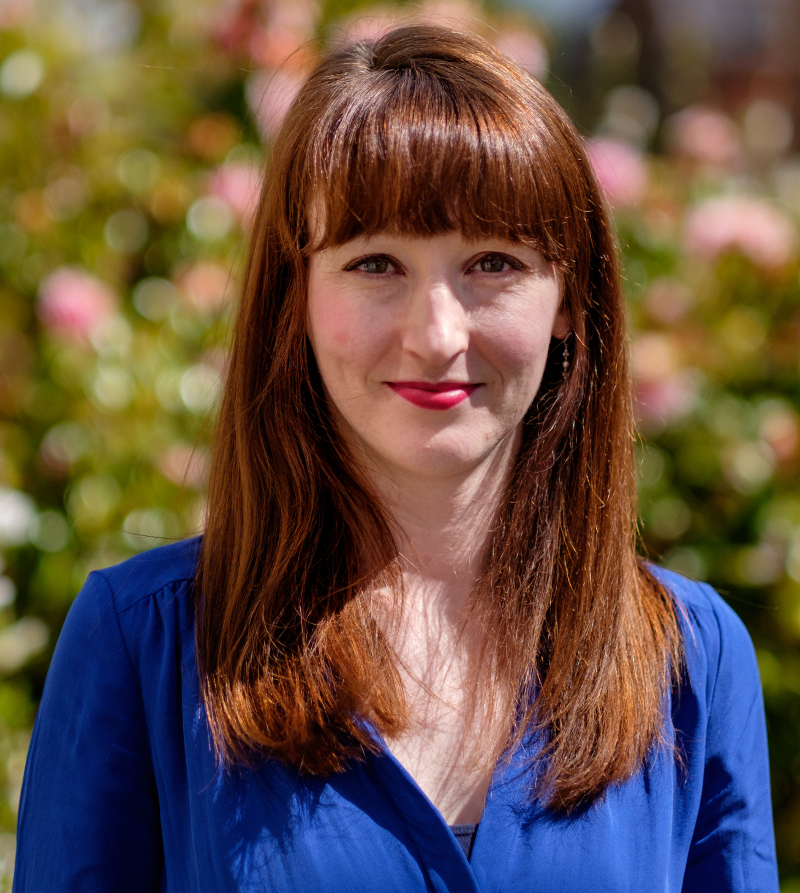
Dr Elaine Farrell
I am currently Reader in Irish History at Queen’s University Belfast. My research focuses on nineteenth-century Irish social history, particularly themes relating to crime and gender. I lead the Bad Bridget Project with Dr Leanne McCormick (Ulster University), which examines criminal and deviant Irish women in North America, 1838-1918.
Women, Crime and Punishment in Ireland: Life in the Nineteenth-Century Convict Prison (Cambridge, 2020) emerges from my Irish Research Council post-doctoral project, which I started at University College Dublin in 2011. During my PhD research on infanticide, I became fascinated by the rich sources generated by the nineteenth-century court and prison administration, most of which are held in the National Archives of Ireland. Such records include individual witness statements, prison files, correspondence, annual reports, and petitions for clemency. Bound up in these often mundane records are glimpses of the lives of women who were suspected, convicted and sentenced to the Irish female convict prison, the institution for serious offenders. A close reading of these records reveals the voices, emotions, actions, responsibilities, obligations, and experiences of thousands of women who crossed the prison threshold for various offences, from repeated theft to murder. Many of these women have left few other records behind. In an effort to privilege individual stories, I include five case study chapters in the book, preceding each of the main chapters. The book shows how women of diverse ages and backgrounds experienced prison, and how they interacted with each other, the prison staff, and their families on the outside during their years of incarceration.
In many ways, the women in the Irish female convict prison were unusual but a study of their lives is also revealing of wider experiences for women in Ireland at this time. It sheds light, for instance, on motherhood, poverty and bereavement, survival strategies, family relationships, and marital dynamics, and in doing so enriches our understanding of lived realities in nineteenth-century Ireland. The microcosm of the Irish female convict prison reveals collective experiences from across urban and rural post-Famine Ireland.






















